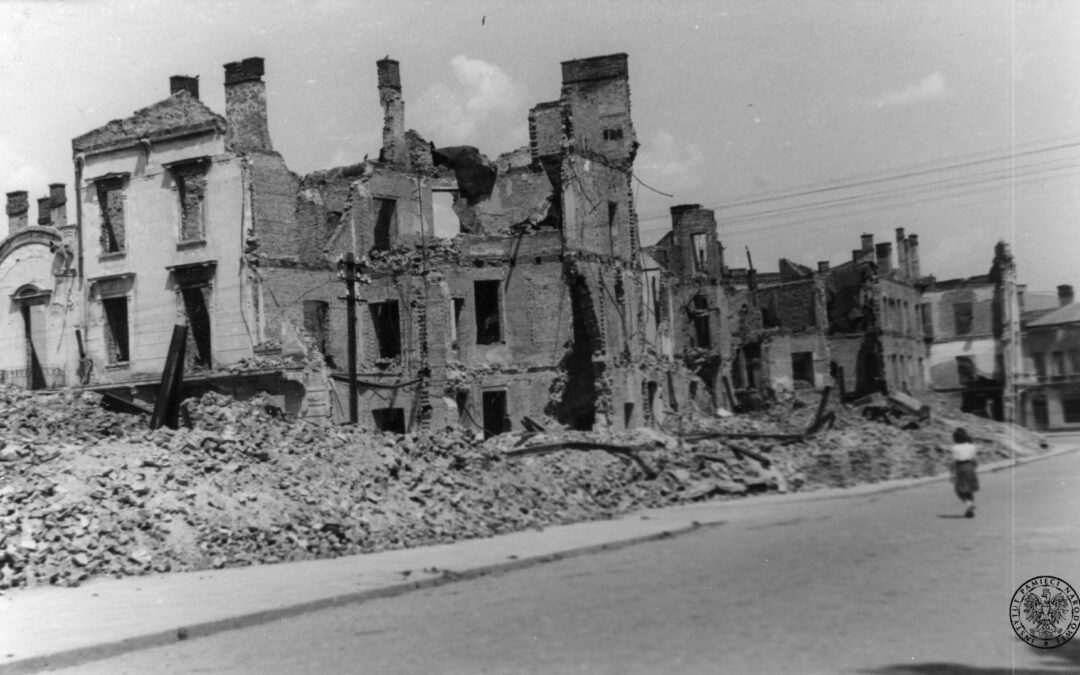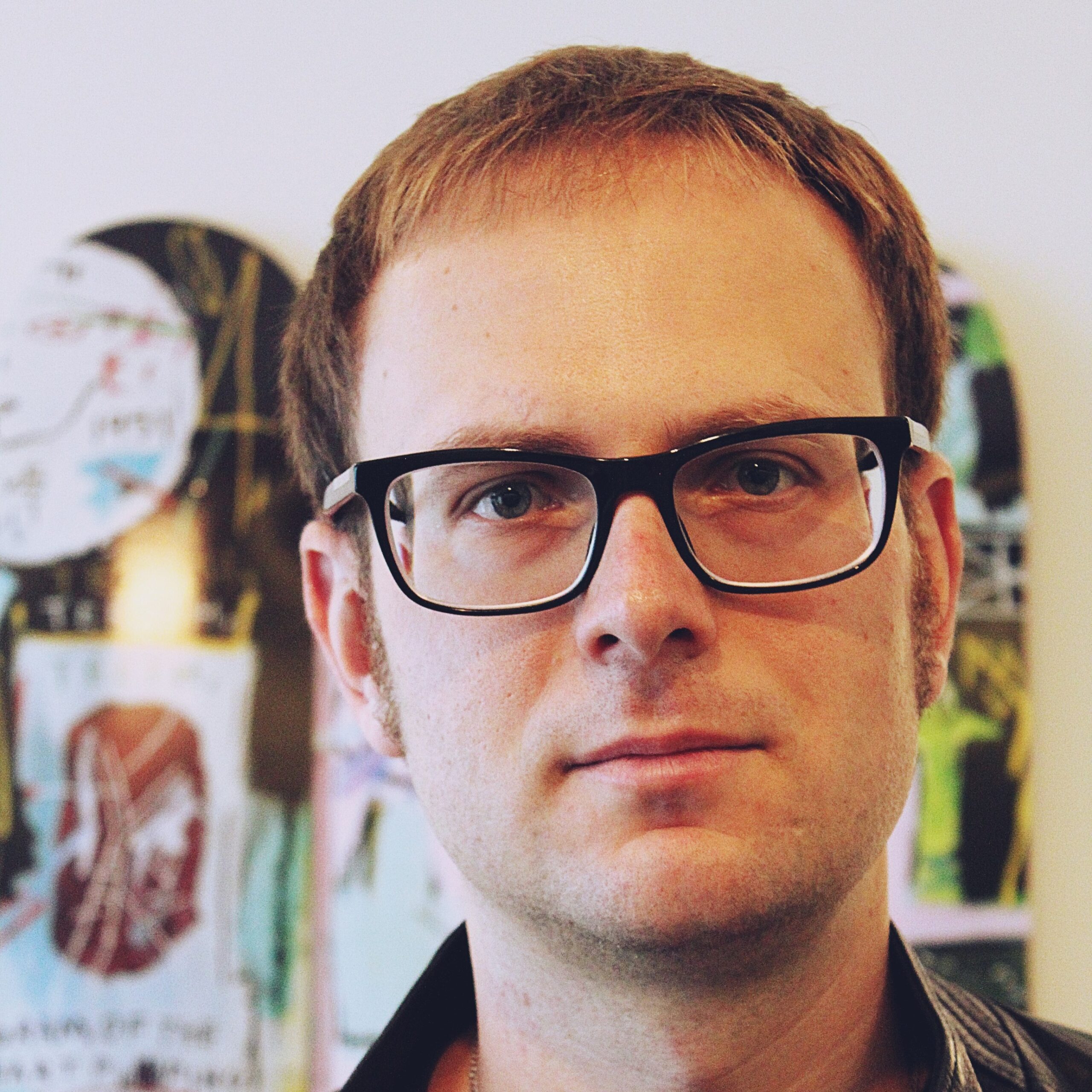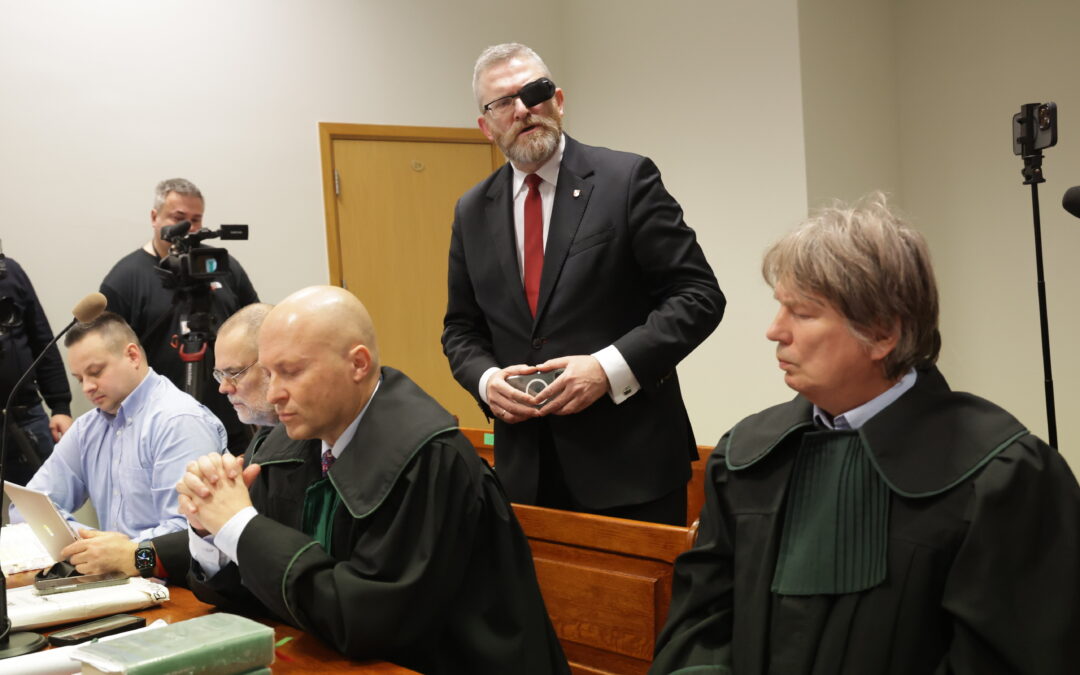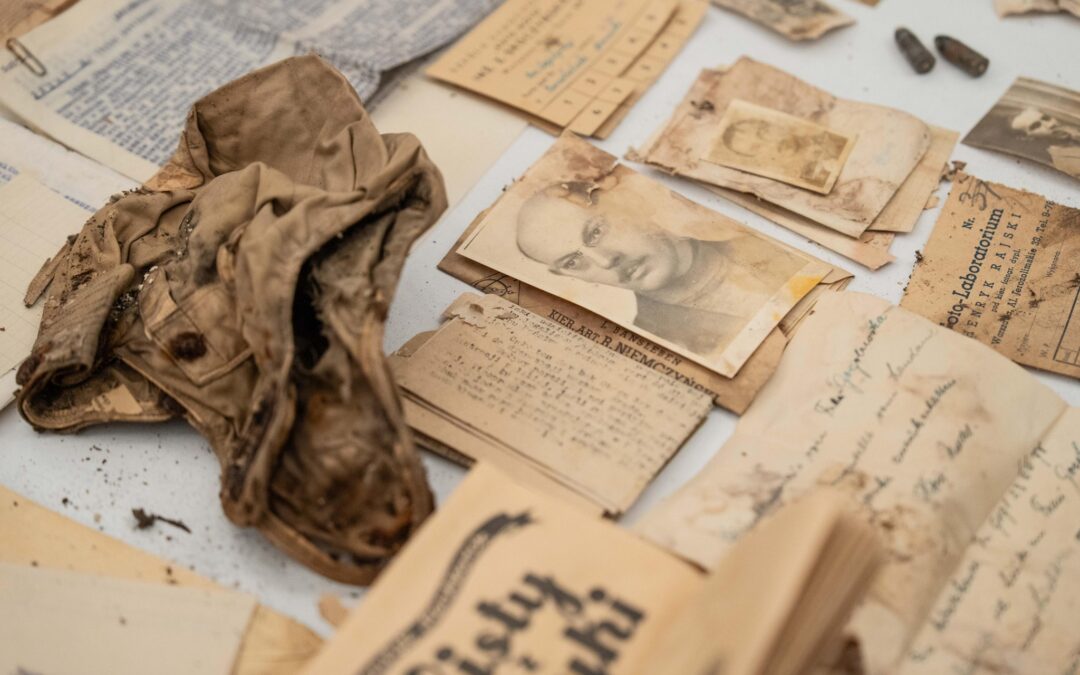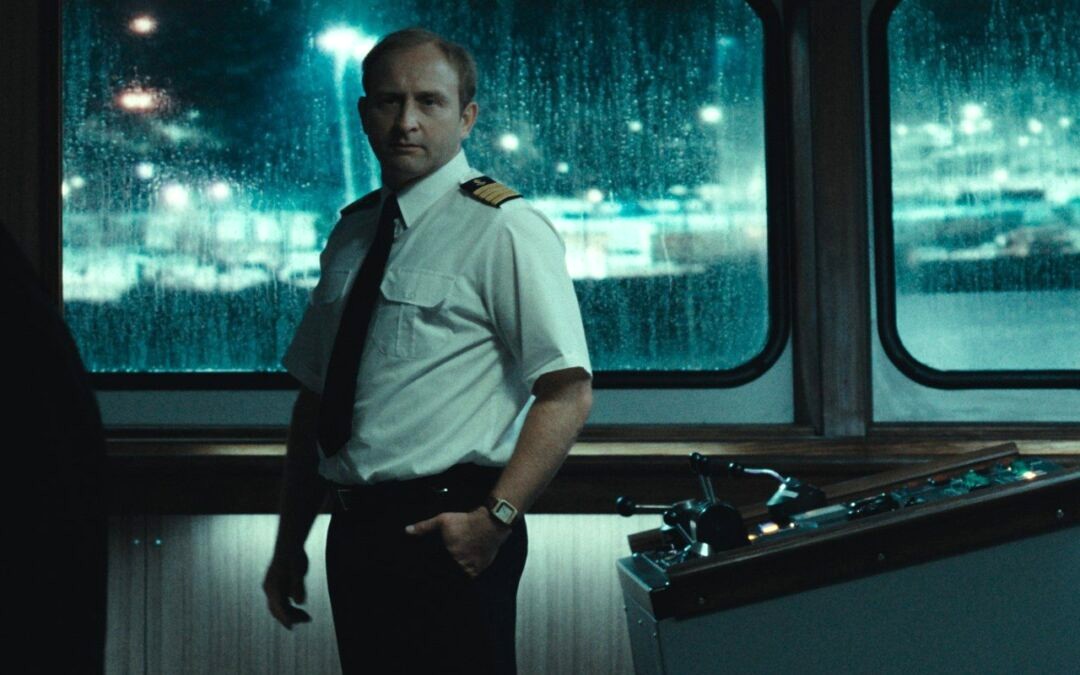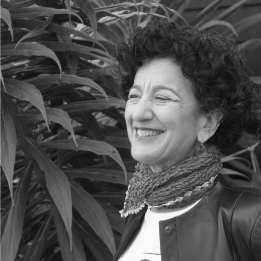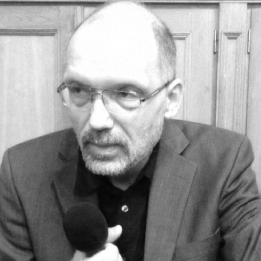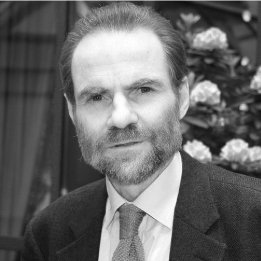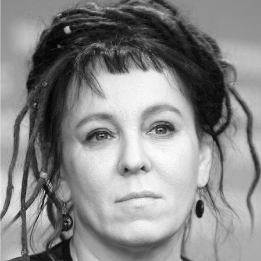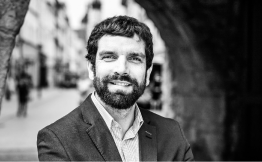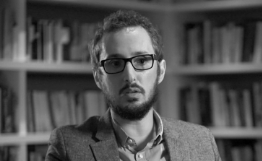Keep our news free from ads and paywalls by making a donation to support our work!

Notes from Poland is run by a small editorial team and is published by an independent, non-profit foundation that is funded through donations from our readers. We cannot do what we do without your support.
By Filip Mazurczak
By the end of World War Two, Poland’s cities lay in ruins – mostly infamously the capital, Warsaw, where 85% of buildings were destroyed and whose historic Old Town was rebuilt almost from scratch after 1945.
However, no Polish town – and probably none anywhere in Europe – suffered more in this regard than Jasło, which saw 97% of its buildings destroyed during the German occupation.
While its Nazi administrator promised that no Poles would ever return to Jasło, its prewar inhabitants, despite the traumas of the war and a dearth of materials, heroically defied the odds and rebuilt the town from rubble.
“Not a stone will remain”
In the interwar period, Jasło, located in southern Poland, was a charming town of around 15,000, including a large Jewish minority.
After the German-Soviet conquest of Poland in 1939, Jasło found itself in the Kraków district of the General Government established by the German occupiers. It was administered by the sadistic Kreishauptmann, or county administrator, Walter Gentz.
The majority of Jasło’s approximately 2,500 Jews, a quarter of the town’s population at the outbreak of war, were locked in a ghetto, from which they were sent to the Belzec death camp or murdered in mass executions in the local Jewish cemetery or nearby Warzyce Forest.
Gentz took pleasure in personally shooting Jews in the ghetto, much like the Austrian commandant of Plaszow concentration camp, Amon Göth – depicted in the film Schindler’s List – famously fired at inmates from his villa’s balcony for target practice.
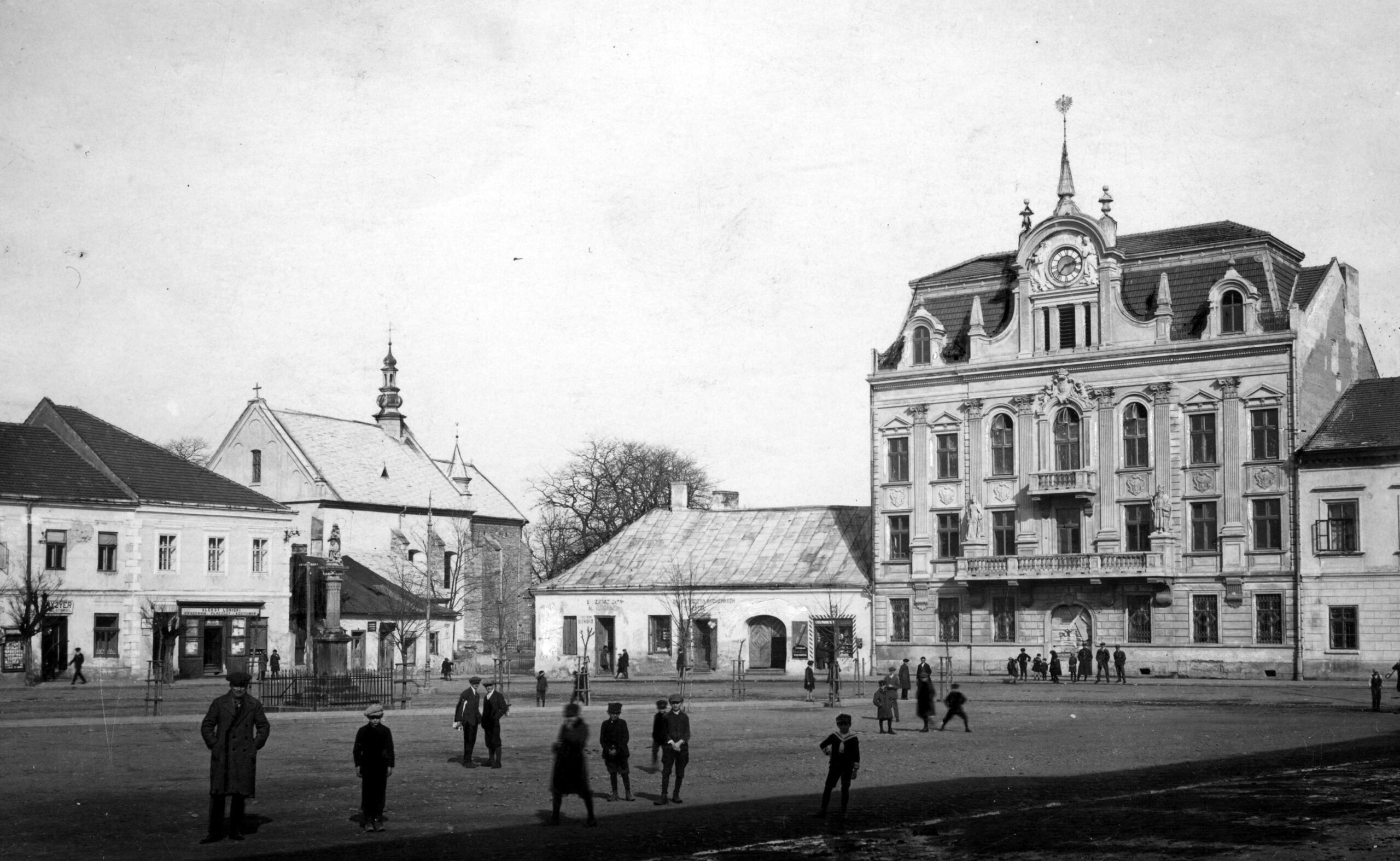
Jasło’s market square in 1939
Jasło’s non-Jewish population were also subjected to Gestapo terror. At a forced labour camp in the nearby village of Szebnie, thousands of local Jews and Poles, as well as Soviet prisoners of war, were killed through mass shootings, starvation, and disease resulting from the camp’s appalling sanitary conditions.
Mariusz Świątek, director of the Regional Museum in Jasło, tells Notes from Poland that it is impossible to estimate the number of Jasło residents killed between 1939 and 1945. After the town’s destruction, many families did not return, so local authorities could not always establish who had been killed.
On 13 September 1944, posters commanding all of Jasło’s residents to evacuate the town within 48 hours under penalty of death were plastered all over town. Over the next three months, almost every building was systematically destroyed.
“The Poles should know they’ll never return to Jasło. Not a stone will remain,” Gentz proclaimed. That wasn’t an empty threat: of 2,283 buildings in Jasło, just 39 remained intact after the operation had ended.
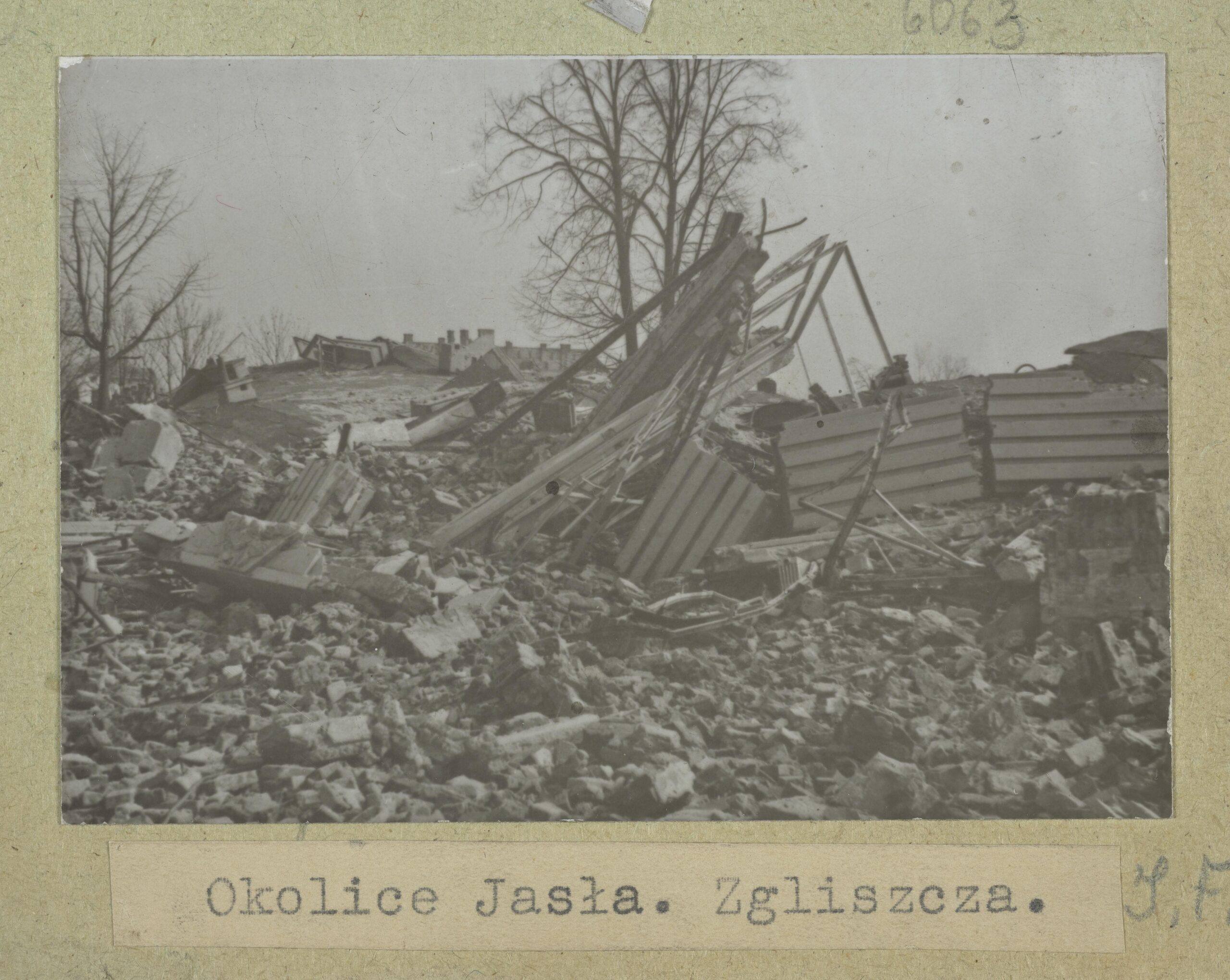
Ruins of houses in the Jasło vicinity, 1945 (image credit: Polona.pl)
An enigmatic crime
The exact reasons for the destruction of Jasło are something of a mystery. “No documents explaining the occupiers’ decision to destroy the town have been found,” says Świątek.
Several hypotheses have been advanced. Due in part to the local petroleum industry, German settlers had been brought in to populate Jasło. Certain parts of the town were closed off for Poles, with signs reading Nur für Deutsche (“Only for Germans”).
The mere 3% of Jasło that survived the war was the Ulaszowice neighbourhood, where German soldiers were stationed. Thus, some historians believe that Gentz, feeling the advancing Red Army’s breath on his neck, had arrived at the conclusion that if Jasło would not be a German city, it need not exist at all.
A second hypothesis is that, as with Warsaw, the destruction of Jasło was German revenge for the audacity of the local resistance. On the night of 5-6 August 1943, five members of the Home Army broke into the town’s prison – the largest in Subcarpathia – disarmed the guards, and freed 66 Polish political prisoners.
All the partisans escaped, and the success of these “Slavic subhumans” and “Polish bandits”, as the Nazi ideology routinely slurred the Polish resistance, was a profound embarrassment to Gentz and his comrades.
Rebuilding the “town of death”
Wiesław Hap – a local historian and teacher, whose parents, then children, were forcibly uprooted from the area during the war – tells Notes from Poland that in the aftermath of its destruction, Jasło was dubbed the “town of death”.
The decision to rebuild what had been lost was made in February 1945, only five months after Gentz’s evacuation notice, in the ruins that were once the mayor’s house.
The struggles ahead were elementary. Not only was the town’s infrastructure a pile of rubble; the people of Jasło were themselves ruined by five years of war.
Hiding in bombed-out cellars, these “Jasło Robinson Crusoes”, as Hap calls them, “suffered from hunger and poverty, were freezing, and suffered from many diseases. They lacked food, medicines, firewood, clothing, running water, gas, electricity”, not to mention building materials, money, and skilled construction workers.
After the fall of the Warsaw Uprising – which began 80 years ago today – the German occupiers expelled the city's entire population.
However, some survivors decided to remain among the ruins. They became known as "Robinson Crusoes" and this is their story https://t.co/UuVbfbcpQ4
— Notes from Poland 🇵🇱 (@notesfrompoland) August 1, 2024
On 9 July 1945, the town council petitioned the newly installed communist authorities for funds to rebuild Jasło. About two weeks later, the engineer Marian Jaroszewski presented to the council a blueprint to rebuild the town based on the prewar arrangement of streets.
That same day, a delegation representing the municipal government left Jasło for Warsaw, where they presented Jasło’s tragic fate and asked several ministries for funds for reconstruction.
Over the following years, the Polish government provided significant financial support and tons of building materials for reconstruction. The Polish Red Cross and the United Nations Relief and Rehabilitation Administration helped get Jasło’s residents back on their feet.
The most intensive reconstruction efforts took place in the 1940s and 1950s, when houses and industrial plants were rebuilt. In the 1970s, reconstruction efforts focused on building housing in lots that had become empty after the wartime annihilation. Even today, there are still efforts to reconstruct the architectural details of various buildings.
Plans to rebuild the Saxon Palace, a Warsaw landmark destroyed in WWII, have won the prestigious International Architecture Award in the restoration category.
Another Polish project, the Water Factory in Szczecin, won in the sports and recreation category https://t.co/rYXOGAG4jQ
— Notes from Poland 🇵🇱 (@notesfrompoland) September 21, 2024
Immediately after the war, about 500 former inhabitants returned to Jasło. Others began to gradually return and rebuild their houses, but most of its new inhabitants came from nearby villages and towns to work as craftsmen and in industry.
Some of the town’s Jews survived labour and concentration camps or in hiding. However, according to Świątek, it is unknown exactly how many survived, as most left for Palestine or the United States right after the war and never returned to Jasło.
An identity forged in resilience
In 1965, the rebuilding of Jasło and its inhabitants’ resolve was immortalised in “A Song About New Jasło” (“Piosenka o nowym Jaśle”), written by Tadeusz Śliwak. The first verse (translated by the present author) goes:
Once there was no Jasło, just a big blaze
Charred houses haunted the nighttime haze
Yet the flames did not quench the people’s view
That through their resolve the town would be built anew
To pick up and pile up all the stones
To build an even prettier town
The bricklayers’ new walls wrap around the sun like a gown
There was no Jasło; there is a new Jasło
Hap, the local historian, notes that Jasło’s “tragedy had a huge impact on the identity, patriotism and love for their city of its inhabitants”, who showed “great solidarity, determination and zeal”.
“The people who rebuilt Jasło, which according to Gentz was supposed to cease to exist, are its true heroes,” he adds, saying that it is “high time” for these “mostly nameless” heroes to be commemorated with a plaque.
While not all of Jasło’s pre-destruction inhabitants decided to return, some of those who moved to other parts of Poland or emigrated maintained an interest in their native town. They formed committees – for example, in the United States – to help fund Jasło’s rebuilding and to aid its impoverished inhabitants.
Mementoes of a town that vanished
Jasło, with its current population of 32,000, is today barely distinguishable from other similar size towns in southeastern Poland. Świątek explains that, although an official decision to rebuild was made in February 1945, by that time Jasło’s former residents had already begun to rebuild it spontaneously.
“The main aim was for people to find a place to live, not to recreate the architectural details. Jasło is an old town, but its décor does not resemble its prewar beauty,” he says, noting that many of the first rebuilt houses were “grey and unplastered”.
By contrast, Warsaw’s Old Town was meticulously rebuilt using paintings by Canaletto, the Italian court painter of the Polish crown. However, Świątek notes that in Jasło a couple of buildings were faithfully reconstructed, based on prewar postcards and photographs.
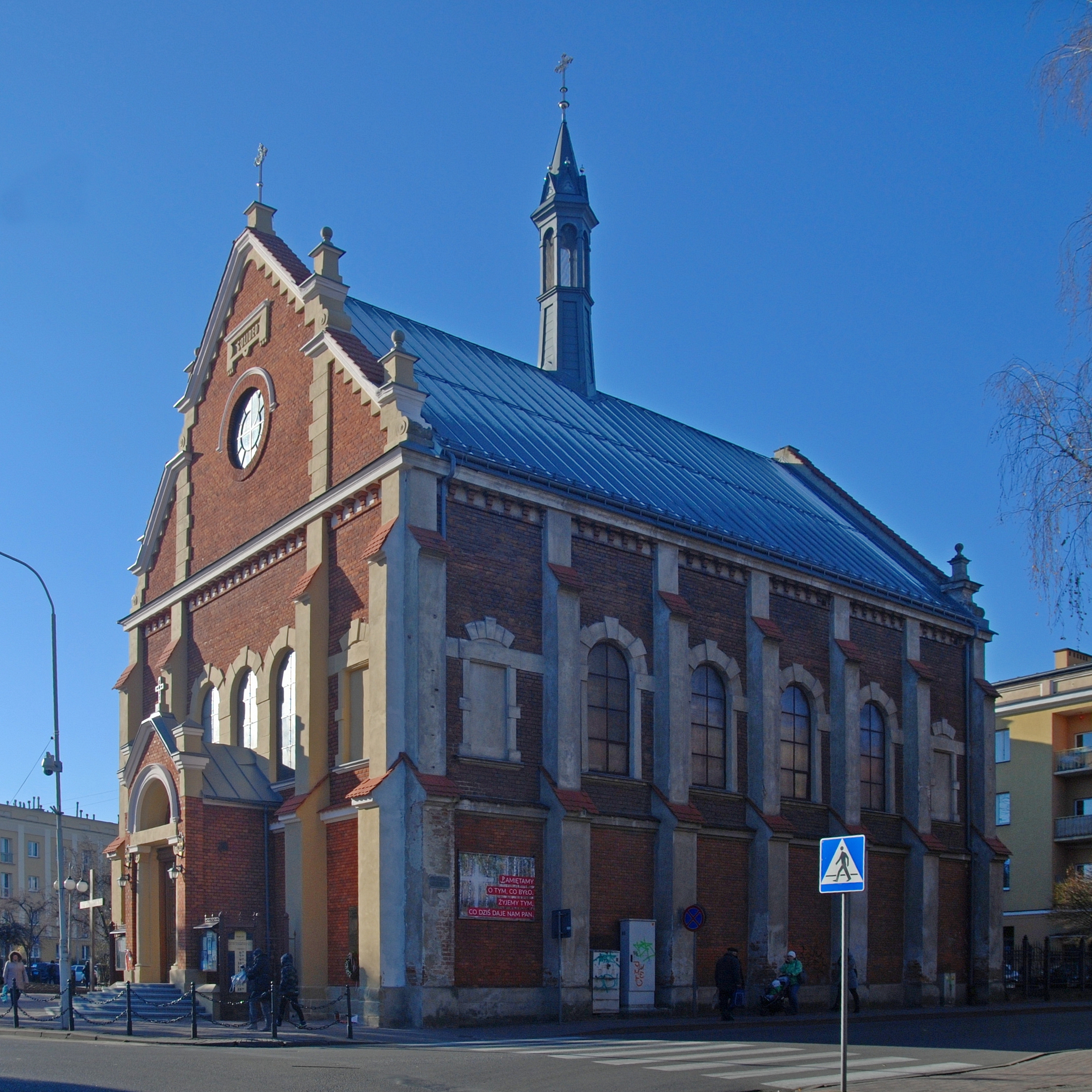
The reconstructed Church of St Stanislaus, Bishop and Martyr in Jasło (image credit: Henryk Bielamowicz/Wikimedia Commons, under CC BY-SA 4.0)
Those include the Church of St Stanislaus, Bishop and Martyr, and an only slightly damaged villa once inhabited by painter Apolinary Kotowicz, a former pupil of Jan Matejko, and designed by the modernist/art nouveau architect Teodor Talowski.
Jasło can also boast of a few artefacts that survived the city’s destruction. One is a statue of the 14th-century Czech martyr St John Nepomucene on the main market square – the figure was untouched, while only its pedestal suffered damage.
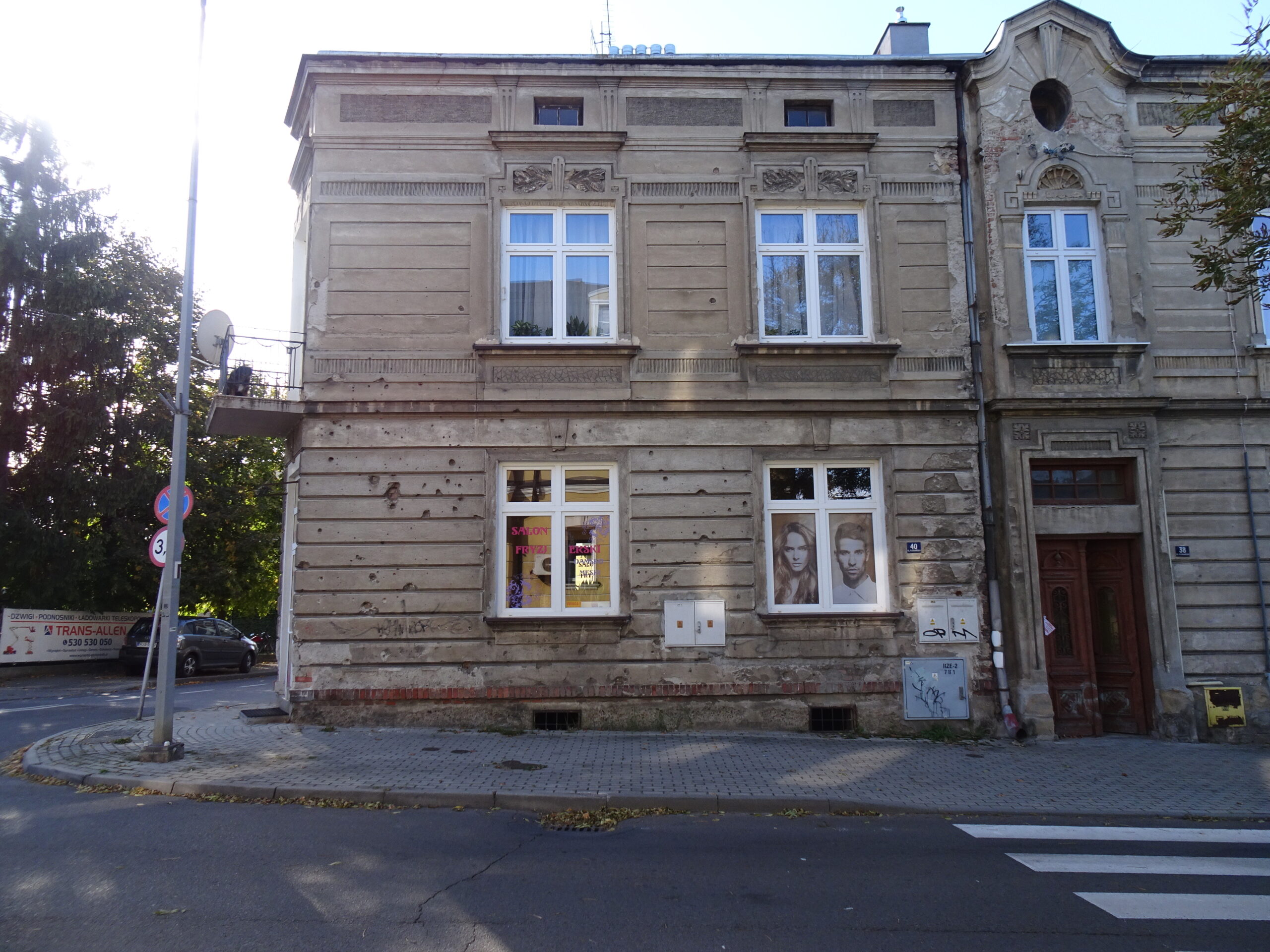
Wartime damage can still be observed on some buildings in Jasło today (image credit: Filip Mazurczak)
Others are now housed in the town’s park: the plate of the Tomb of the Unknown Soldier, a 19th-century gloriette (gazebo), and a monument to Polish national hero Tadeusz Kościuszko. The Tomb of the Unknown Soldier in its present state was reconstructed in 2001.
Since the 1990s, a memorial to local victims of the Holocaust has existed in the city’s Jewish cemetery, while in the town square there is a monument to the victims of and participants in the Second World War.
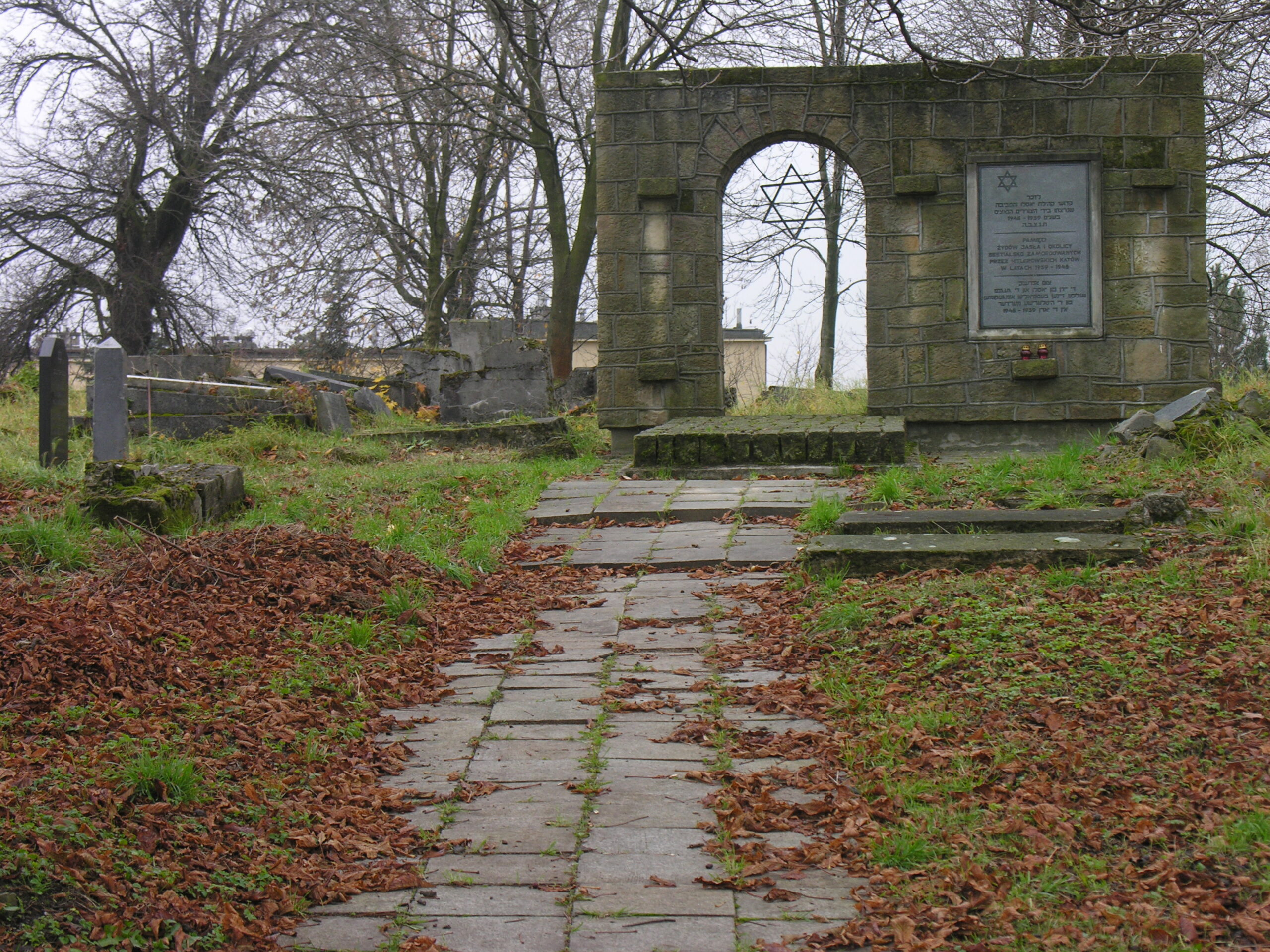
Memorial to Holocaust victims in Jasło’s Jewish cemetery (image credit: Bonio/Wikimedia Commons, under CC BY-SA 3.0)
The Regional Museum in Jasło has this year – on the 80th anniversary of its destruction – organised several initiatives to remind Poles of the town’s wartime losses.
One is an outdoor exhibit on the town’s main market square, featuring testimonies of residents who were displaced. Another is the online documentary Jasło 44, available with English subtitles.
The bravery and resolve of Jasło’s shell-shocked, starved survivors to rebuild their home is perhaps the best illustration of American novelist James Michener’s apt observation that “a Pole is a man born with a sword in his right hand, a brick in his left. When the battle is over, he starts to rebuild”.

Notes from Poland is run by a small editorial team and published by an independent, non-profit foundation that is funded through donations from our readers. We cannot do what we do without your support.
Main image credit: IPN
